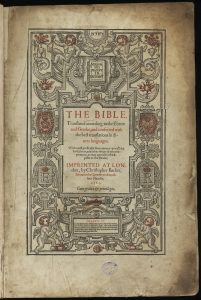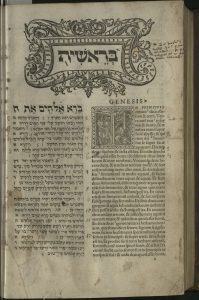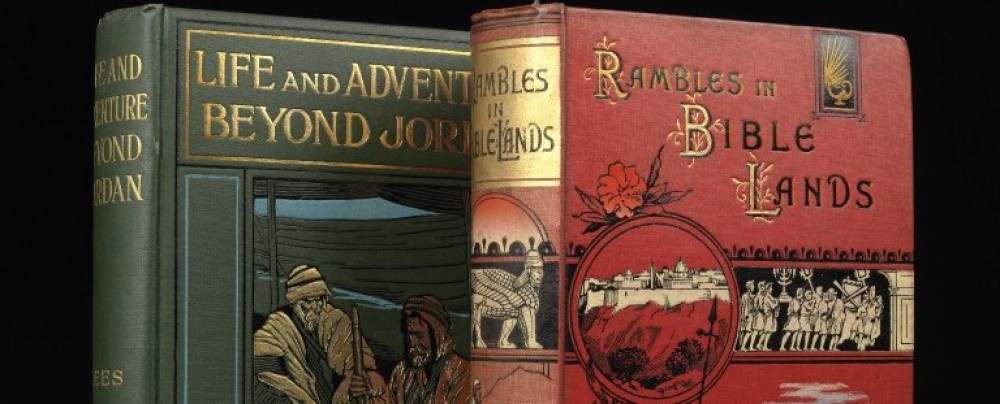A really good question was asked by one of our student interns recently about the rare books collections they were working with : “Why are the big books so big?”. This set me thinking about the size of the books in our Special Collections, big and small, and why size matters.

[Bible. Authorized version]. The Holy Bible : containing the Old and New Testaments … Glasgow ; Edinburgh ; London : Printed and published by William Mackenzie ; 1862-1863. New College Library B.r.302a-b

The Bible: translated according to the Ebrew and Greeke, and conferred with the best translations in diuers languages. London: Christopher Barker, 1583. B.r.33/1
Alongside this book, in our early Bibles collection we have several examples of pulpit Bibles such as this Geneva Bible used as the pulpit Bible in Crail, Fife. Traditionally Presbyterian churches in Scotland had a centrally located pulpit, reflecting the importance of the Bible as the foundation of faith. The large size of the book is part of its role as an object used in public worship.

Mikdash yeyai, ʻesrim ve-ʾarbʻa sefare ha-mikhtav ha-ḳadosh = En tibi lector Hebraica Biblia. Basel, 1534. LP4/2.10
In fact many of the largest books in our rare book collections are Bibles, and this is no surprise considering that the Bible is a very large amount of text, which requires a large book to fit it all in. This is even more the case for polyglot Bibles, which offer parallel versions of the text in different languages such as Latin, Hebrew and Greek, or for Bible versions that include commentary parallel with the text. In the recently catalogued LP section, this folio edition of the complete Hebrew Bible, with Latin translation, and Latin commentary drawn from Rabbinic sources, is one of the greatest Christian Hebraists of the sixteenth century, Sebastian Münster. This Bible was highly valued by 16th century Christian students of the Hebrew language and the Hebrew Scriptures, and is likely to have been among the resources used by Luther in preparing his Genesis lectures (1535-1545), his last major work.
Christine Love-Rodgers, Academic Support Librarian
With thanks to Janice Gailani, Rare Books Cataloguer.
